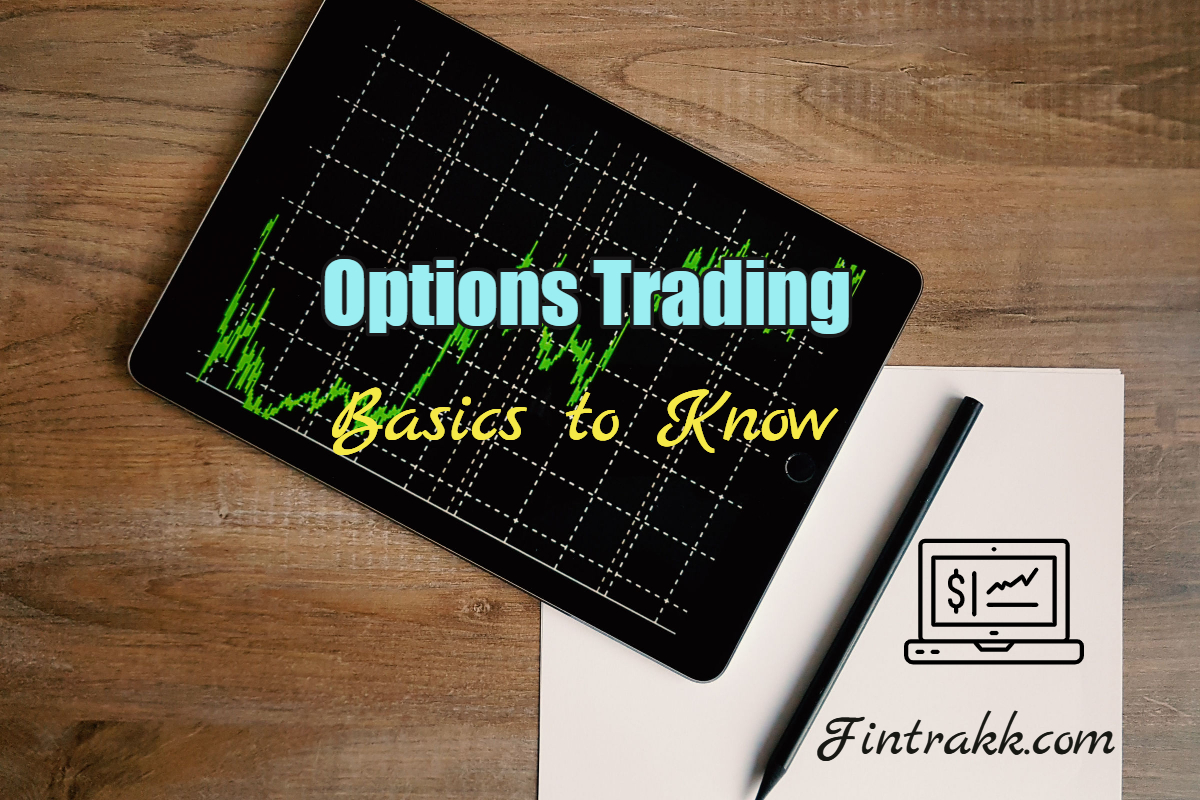Introduction
In the labyrinthine world of finance, futures and options trading often stand as enigmatic opportunities, shrouded in complexity and mired in misconceptions. However, beneath this veil of perceived obscurity lies a treasure trove of potential rewards for those willing to embark on a journey of understanding. This comprehensive guide aims to demystify the fundamentals of futures and options trading, empowering you with the knowledge and confidence to navigate these markets and unlock their potential.
Image: xn--80aaasjiqeqlton3d7g.xn--p1ai
As we delve into the intricacies of these instruments, we’ll unravel their history, unravel their core concepts, and explore their practical applications. Through a blend of expert insights and actionable tips, we’ll illuminate the path towards mastery, enabling you to leverage these powerful financial tools to your advantage.
Understanding Futures: The Contracts of Tomorrow
Futures, as their name suggests, are contracts that obligate the buyer to purchase, while the seller is bound to deliver, an underlying asset at a predetermined price on a specified future date. They serve as a crucial tool for hedging risk and facilitating price discovery in various markets, from commodities to currencies to stock indices.
The underlying asset can vary widely, ranging from agricultural products such as corn and soybeans to precious metals like gold and silver. Futures contracts are standardized to ensure liquidity and transparency, and they are traded on organized exchanges, such as the Chicago Mercantile Exchange (CME) and the Intercontinental Exchange (ICE).
Options: The Right to Choose
Options, unlike futures, grant the holder the right, but not the obligation, to buy (call option) or sell (put option) an underlying asset at a specified price (strike price) on or before a specified date (expiration date). This flexibility provides options traders with a diverse array of strategies, from hedging risk to speculating on price movements.
It’s important to note that options come with two distinct components: the premium paid upfront and the underlying asset’s value. The premium is essentially the price you pay for the option contract, which can vary depending on factors like time to expiration, volatility, and market sentiment.
The Power of Futures and Options
Harnessing the power of futures and options trading requires a deep understanding of their nuances. Fortunately, numerous resources exist to equip aspiring traders with the necessary knowledge and skills. Online courses, books, and seminars offer valuable insights into market analysis, risk management, and trading strategies.
Seasoned traders emphasize the importance of diligent research and a conservative approach to risk. Remember, financial markets can be volatile and unpredictable. It’s imperative to establish clear trading goals, manage risk prudently, and continually refine your understanding through ongoing education.
Conclusion: Embracing the Opportunities
Futures and options trading offer a dynamic and rewarding arena for those willing to invest the time and effort to master their complexities. By embracing a mindset of continuous learning and embracing a disciplined approach, you can unlock the potential of these financial instruments and forge a path to financial empowerment. Remember, the markets may be unpredictable, but with knowledge and adaptability, you can navigate them with confidence and reap the rewards they offer.

Image: www.wionews.com
Future And Option Trading Basics

Image: fintrakk.com






